Allion USA-SGS | Ryan Huang
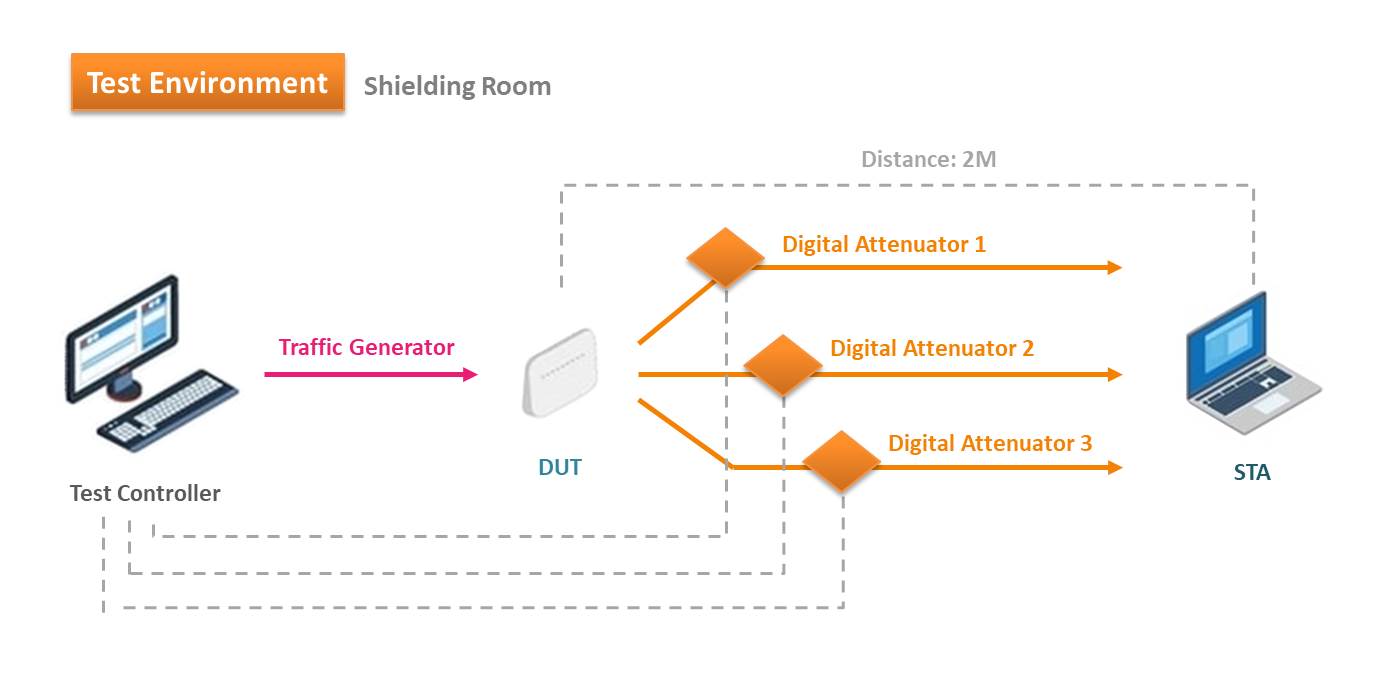
Figure 1: Test Setup
In the TR-398 Issue 2 Corrigendum 1 Test Plan, the test items that are prone to fail, also the most problematic one for the manufacturers, are the 6.3.2 Spatial Consistency Test, namely the focal point to be explained this time.
Test Summary
The test concept of the 6.3.2 Spatial Consistency Test is to primarily divide the signals into three states – strong, medium, and weak. Then, the AP is examined at different angles, to see whether it can achieve a good and even performance. In the testing, a distance of 2m would be simulated between the AP and the connected equipment as well. Low, medium, and high attenuation was attained through an attenuator, while the AP rotated every 30 degrees to measure the throughput changes at different angles. The main testing purpose is to ensure whether there is any single dead zone when the AP is at a specific angle that leads to low throughput or even disconnection. Compared with 6.3.1 which aims to decrease the attenuation variables, 6.3.2 is aimed at the throughput performance at different angles during the testing time.
Test Standard
As the test standard is more rigorous, the Broadband Forum (BBF) has adjusted two step-by-step judgment methods in Corrigendum 1 when “Pass” or “Fail” is determined.
- Judgment standard a. It targets the test conditions of different wireless modes and transmission directions. The BFF allows the same wireless mode and same signal strength, and the same transmission direction can only have 2 test points (matching with different angles or attenuation) at most, which may be lower than the throughput standard.
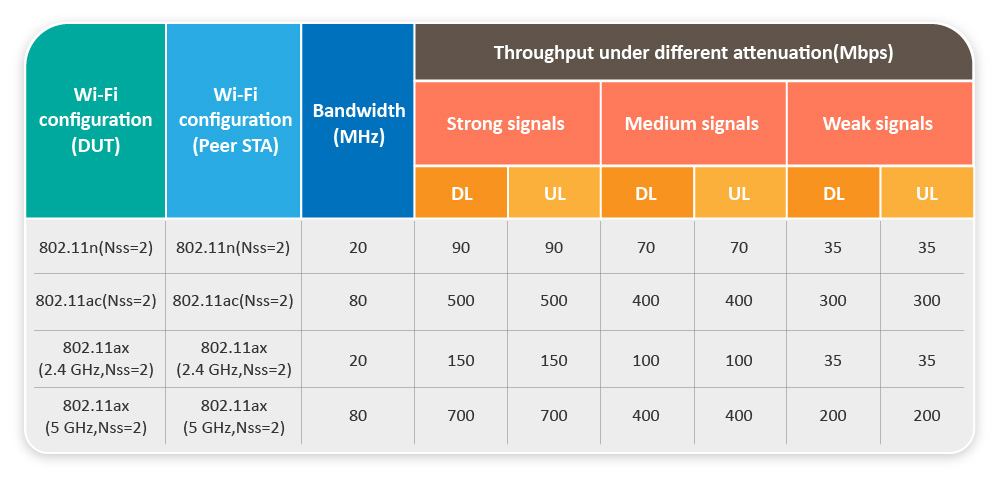
Table 1: Throughput standard of 6.3.2 Spatial Consistency Test
As for Judgment standard b, if under the premise of the same wireless mode with the same signal strength and same transmission direction, and if there is any testing point that does not comply with judgment standard a., it must then comply with the throughput change standard shown in the following table. The calculation consists of the differential percentage obtained by subtracting the minimum throughput with the same wireless mode, same signal strength, and same transmission direction with the average throughput of that part, and then dividing by the average throughput of that part. The differential percentage standard is shown in the following table.
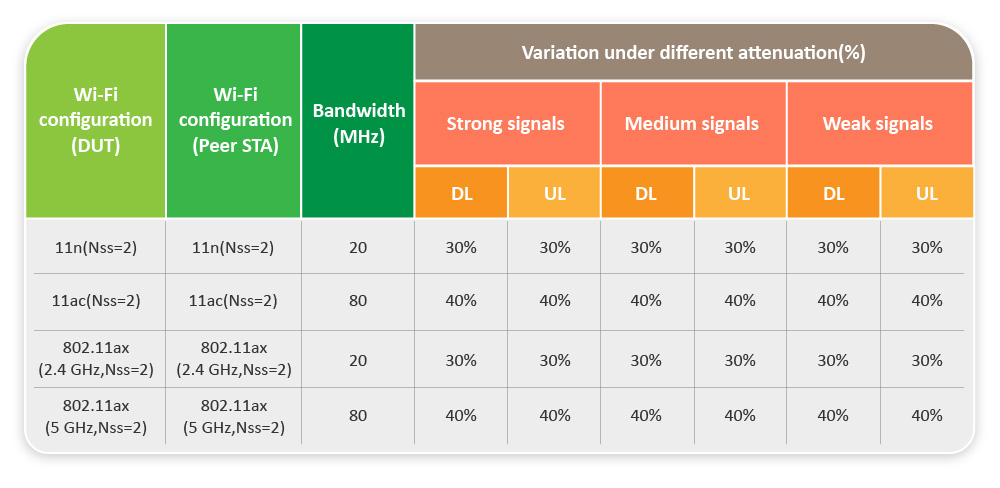
Table 2: Throughput change standard of 6.3.2 Spatial Consistency Test
In conclusion, if the testing result complies with standard a., then it is determined as “Pass”; on the contrary, if it does not comply with standard a., then the standard b calculation will be used. If it does comply with standard b., it is then determined as a “Fail”.
Common Problems
Same as the 6.3.1 – Range Versus Rate Test, most of the Ap can easily pass the standard in low attenuation and strong signal (close distance) conditions (extra attenuation in 10dB). As the attenuation increases and the signal becomes weaker (prolonged simulated distance), the AP will show insufficient signal strength due to the antenna pattern at different angles, without being able to keep a good SNR to support the MCS rate. This will lead to poor efficiency of throughput, below standard, or even disconnection (shown as the red arrow in the following figure). In uplink transmission (from the equipment end to the AP end), this situation is common. If this happens, the average throughput difference will be too big as the throughput at the testing point is too low, which then fails the testing (not reaching standard b. to pass the test requirement)
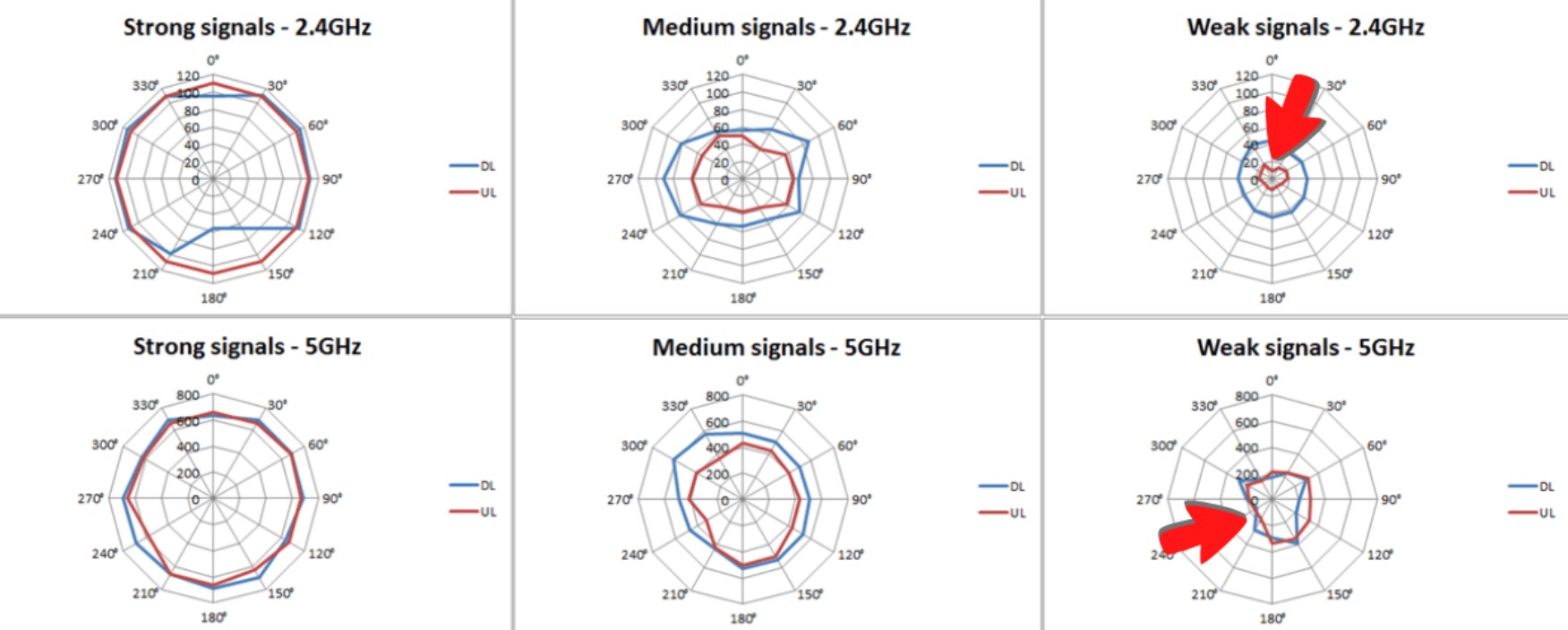
Figure 2: Test results of the Spatial Consistency Test
Test Suggestions
After the announcement of TR-398 Issue 2 Corrigendum 1, the BFF association has relaxed the standard for this item. In the past, both standards a. and b. must be complied with, but now, as long as all testing points comply with standard a., it will be considered a “pass”. Thus, the focus of the test is on the increase of the overall throughput performance. Same as the suggestion given in 6.3.1 – Range Versus Rate Test, we will ask the clients to offer the polarization of the AP antenna and its location, so that the test antenna can target at AP antenna, allowing better performance of the wireless transmission.
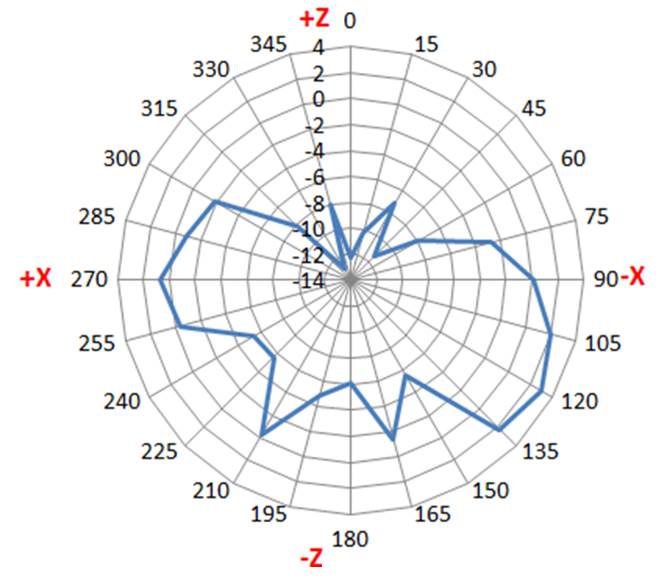
Figure 3: To learn the angle with better radiation performance in the 2D antenna pattern
Also, because this item belongs to a time-consuming test, so we suggest the clients ensure the long-term work stability of the DUT. If the DUT cannot work stably, not only will it fail to comply with the testing standard but also obtain inconsistent results before and after the test. It will be very difficult to find out the problems, leading to prolonged testing and debugging time.
Allion Labs has many years of testing experience. Not only can we offer customized testing services that meet users’ scenarios but also professional market testing and assessments as well as analyses of your competitors’ products, so that customers can refine the functionalities of their products and enhance users’ experiences. We assist all major companies in obtaining word-of-mouth reputations and winning market shares in the intense product competition of the same category.
If you are interested in our testing service, feel free to contact us by contact form or email.

































